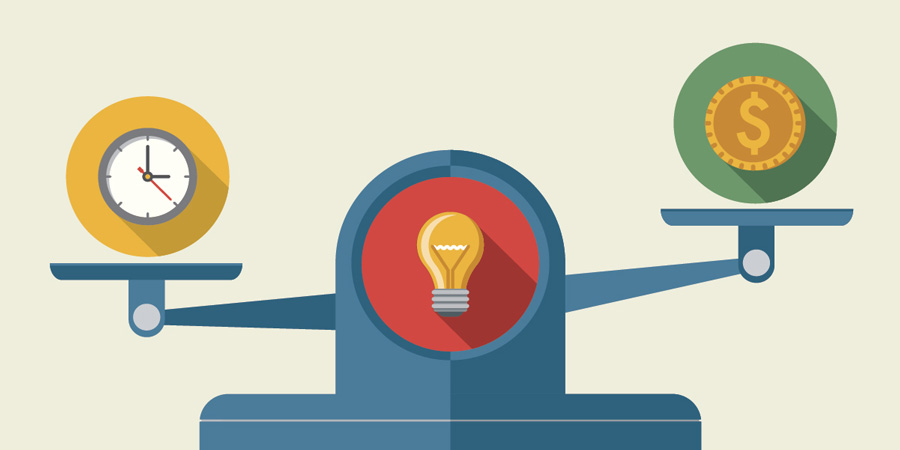It feels so good to solve a problem with a brilliant design concept. The craft of strategy applied to beauty and function successfully is nothing short of extraordinary. Design has power. The power to effect change, the power to motivate, the power to inspire — design even has the power to elevate humanity.
So what’s an hour of that kind of power worth? It might be impossible to place value on it. So why try? Why do timesheets? Surely not to validate worth (because timesheets simply can’t do that). The real reason is to inform decisions and streamline processes and workflow. When time is tracked, it can help guide how to think about monetary value. And more importantly, perhaps, it can help deepen understanding. With greater knowledge, better choices can be made. It’s easy to see that a good client might require less time because their brief is better; because they work collaboratively and support the creative process in a more progressive way; or because a good client values good design and is willing and able to pay more for that power.
As a creative person running a business, the value in tracking time and projects with an appropriate tool becomes obvious. Less time is spent on administrative tasks so there’s more time to stay creative. And at the end of the day — for a designer — creating is the best possible place to spend time.


